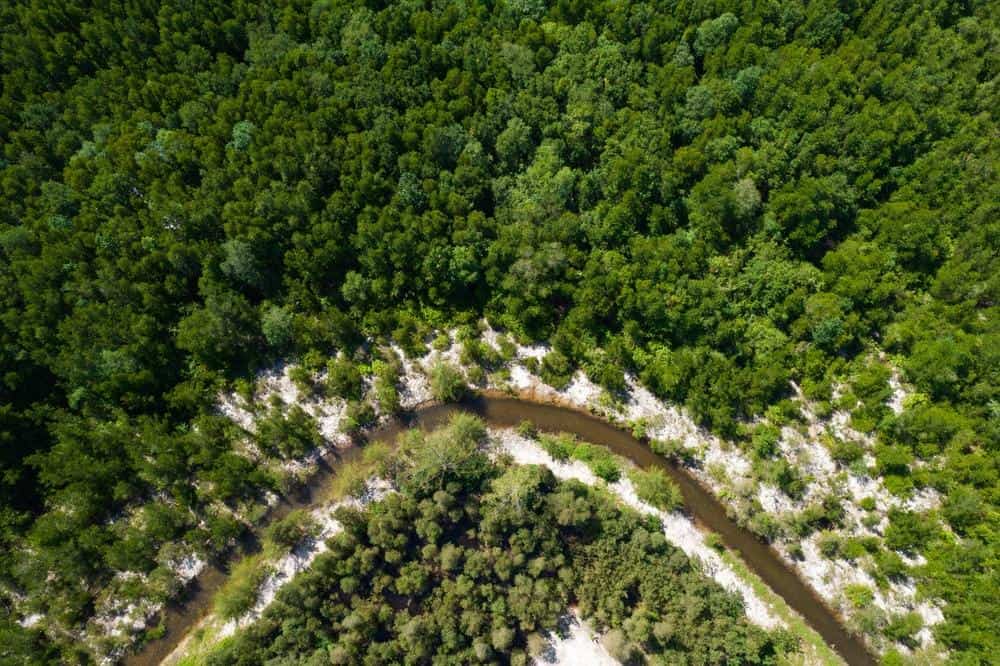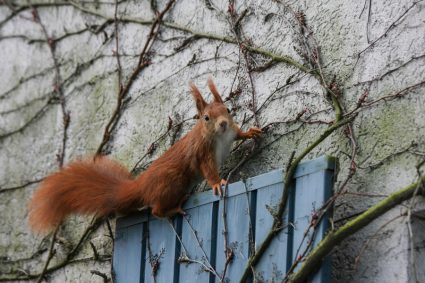
Wolves and coyotes, while distinct in many ways, share several commonalities as members of the Canidae family and the Canis genus.
Wolves and coyotes share several similarities as they both belong to the Canidae family and the Canis genus. They have similar physical characteristics, such as medium to large-sized dog-like appearances and double coats. Both use vocalizations, body language, and scent marking for communication, display complex social systems, and adapt their hunting methods based on available food sources. They also share habitats in various ecosystems and face similar threats primarily related to human activities and habitat loss.
Shared Physical Characteristics
Despite their differences in size and build, wolves and coyotes have similar physical characteristics. Both species have medium to large-sized dog-like appearances and possess a thick double coat to protect them from harsh weather. They can have similar coat colors, such as gray, brown, black, and white, although coyotes tend to have more reddish, gray, or whitish-gray coats.
Similar Behaviors in the Wild
In the wild, both wolves and coyotes use vocalizations such as howls, barks, and yips for communication. They adjust their hunting methods based on prey size and food sources available, indicating their adaptability to their environment. Both species are intelligent animals, capable of problem-solving and outwitting prey. They also exhibit complex social systems, with wolves forming packs with clear hierarchies and coyotes living in family groups.
Shared Diets
Both wolves and coyotes primarily consume mammalian prey. However, coyotes also include vegetation and insects in their diet. Elk is a common food item for both wolves and coyotes, although wolves tend to prey on larger mammals, such as deer, elk, and moose, while coyotes typically hunt smaller animals like rabbits, birds, and rodents.
Communication Methods
Wolves and coyotes use vocalizations, body language, and scent marking for communication. Wolves are known for their low and long howls, while coyotes have more varied and higher-pitched vocalizations, including yips, barks, and high-pitched howls. Both species use body language to convey emotions, intentions, and social hierarchy within their packs.
Social Structures
Wolves have a complex social structure, forming packs with clear hierarchies, usually consisting of an alpha male and female pair, their offspring, and other non-breeding adults. Coyotes display more flexible social organization patterns, ranging from solitary individuals and mated pairs to small family groups.
Shared Habitats and Adaptation
Wolves and coyotes share habitats in various ecosystems, including forests, grasslands, and deserts. They are highly adaptable and can coexist in the same landscapes due to their ability to exploit different niches within an ecosystem.
Reproductive Strategies
Both wolves and coyotes form monogamous pairs, with only the alpha pair in a group mating. However, compared to wolves, coyotes have a more flexible social structure, and their packs may consist of close family members or unrelated individuals.
Threats and Reactions
The main threats to both wolves and coyotes in the wild are primarily related to human activities and habitat loss. Both species exhibit similar reactions to these threats, primarily by avoiding humans.
In conclusion, while wolves and coyotes have distinct differences, they share many similarities due to their close genetic relationship. Understanding these similarities and differences can provide valuable insights into the behavior, ecology, and conservation of these fascinating canids.
Frequently Asked Questions
What is the average lifespan of wolves and coyotes in the wild?
Wolves typically live for 6 to 8 years in the wild, though in some rare cases they may live up to 13 years. Coyotes, on the other hand, generally live for 10 to 14 years in the wild.
Are wolves and coyotes found worldwide?
Wolves are found in a variety of habitats all over the world, with the exception of tropical rainforests and deserts. Coyotes are native to North America but have expanded their range to Central America and parts of South America.
Can wolves and coyotes interbreed?
Yes, wolves and coyotes can interbreed, producing hybrid offspring known as “coywolves” or “wolf-coyotes”. However, this is relatively rare and usually occurs when wolf populations are depleted and individuals cannot find wolf mates.
Are wolves and coyotes endangered?
The status of wolves and coyotes depends on their species and location. Some wolf species, such as the red wolf and Mexican gray wolf, are critically endangered. Coyotes, on the other hand, are generally not considered endangered and are quite abundant in many areas.
Do wolves and coyotes hibernate?
No, neither wolves nor coyotes hibernate. They remain active throughout the winter, with their thick double coats protecting them from the cold.












